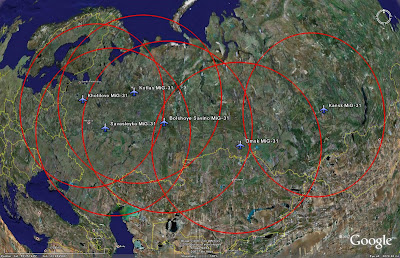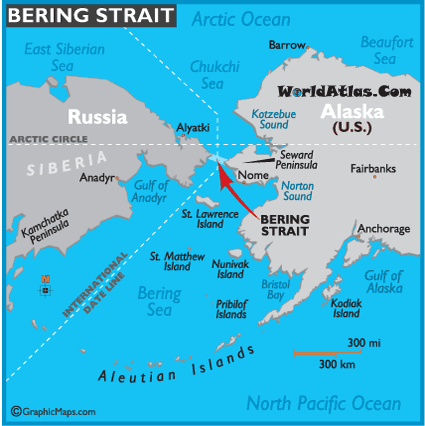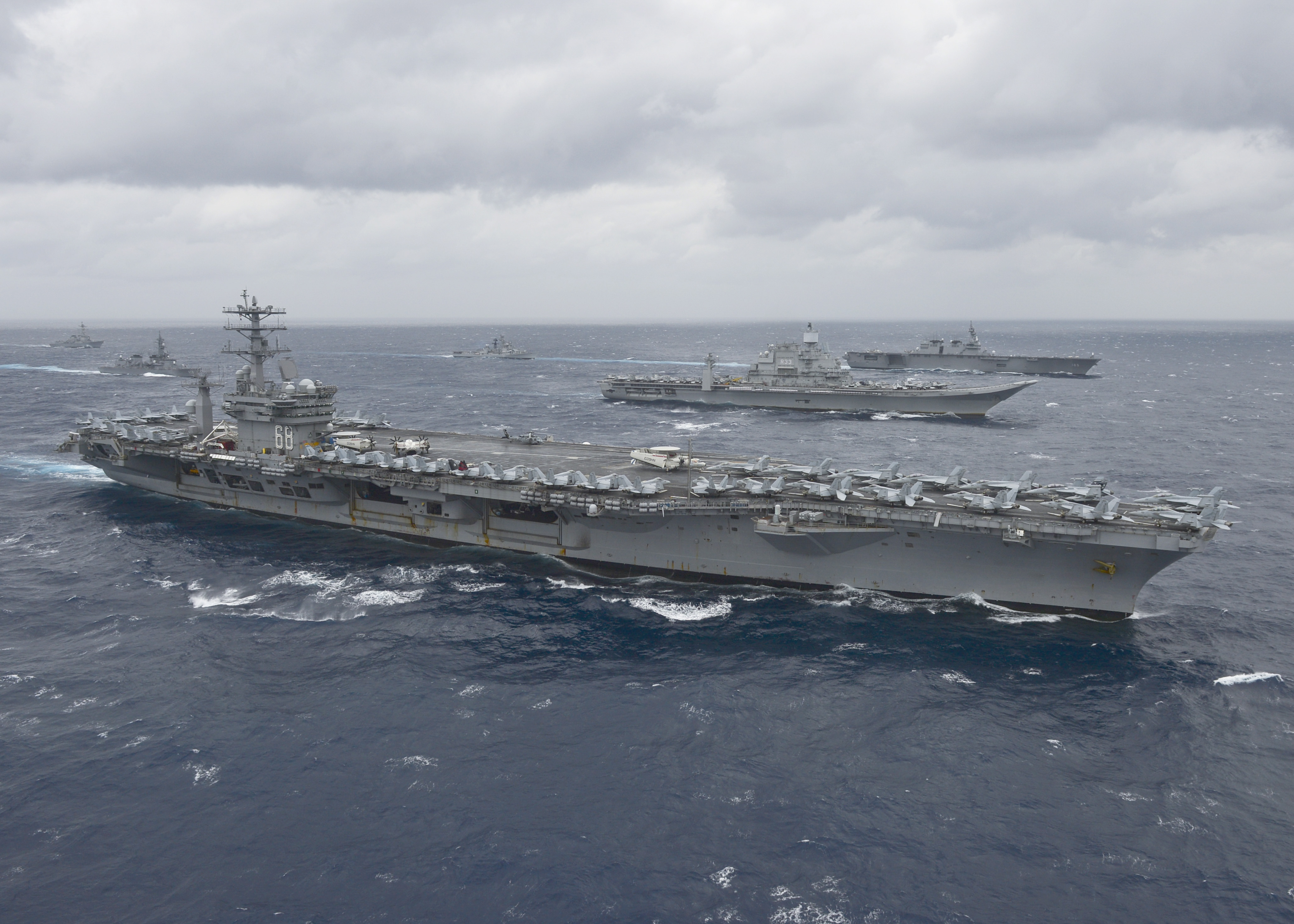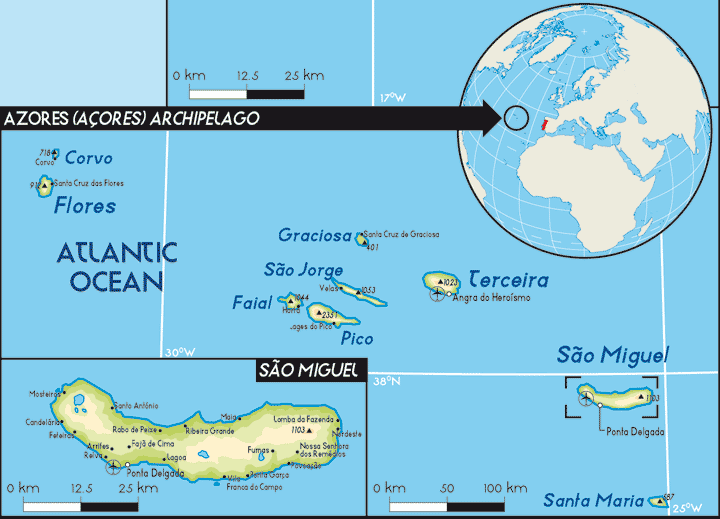Sats & OHRs, not to mention subs on patrol in the N. Atlantic/Arctic will detect CB/SGs & their airborne birds long before they come within their CM range. The S-400/500s will meet them:
https://ria.ru/radio_brief/20180119/1512937172.html?utm_source=infox.sg
Their MiG-31s supported by A-50/100s can engage CMs too:
According to one count, there are 252 MiG-31s in the inventory of the Russian Air Force. Moscow began modernizing its Foxhound fleet to the MiG-31BM and BSM variant starting in 2010, and plans to have 100 upgraded by 2020. The BM includes modernized cockpit displays, a hands-on-throttle-and-stick (HOTAS), and a new Zaslon-M radar with maximum detection range increased to 200 miles. It also is upgraded to employ the latest generation of long-range air-to-air missiles, including the R-33S, the R-77—the Russian equivalent to the U.S. AIM-120—and the super-long range R-37—intended to be a tanker- and AWACs-killer. The new Foxhounds are also capable of mounting up to 18 thousand pounds of air-to-ground smart bombs and anti-radar missiles in case Moscow needs some additional strike planes. Finally, the BMs have new data-links integrating the MiG-31’s sensors with ground-based radars and friendly fighter planes, allowing the Foxhound to coordinate the entire air defense system. A flight of four of the upgraded Foxhounds could patrol a swath of airspace over 400 miles across.
At 35 years old, the MiG-31 is expected to serve on until 2030.
http://nationalinterest.org/blog/russias-mig-31-fighter-mach-3-monster-even-35-years-old-18376?page=show
https://en.wikipedia.org/wiki/Mikoyan_MiG-31#Electronics_suite
The press service of Russian Pacific Fleet reported that a pair of MiG-31s, stationed in Kamchatka, successfully locked onto and destroyed a simulated cruise missile target launched from a ship in the Sea of Okhotsk at an altitude of over 12,000 meters at over three times the speed of sound. The target was destroyed using an air-to-air missile, which targeted the enemy missile on a collision course. ..
The plane's radar systems allow it to find even low-visibility cruise missile targets. In the broad, relatively lightly defended areas of Russia's air borders, the MiG-31 serves as the main means of defense against air attack.
https://www.ruaviation.com/news/2017/7/18/9222/?h
The armament suite includes up to 10 R-37M or RVV-BD missiles with an operational range of 320km (198mi). The range is 189km (117.5 mi) for stealth targets. The missile is designed to shoot down AWACS and other C4ISTAR aircraft whilst keeping the launch platform out of range of any fighters that might be protecting the target. It can attack targets ranging in altitude between 15–25,000 meters (5 – 82,000 feet). ..
The aircraft broke a record for the longest non-stop flight, spending seven hours and four minutes in the air while covering the distance of 8,000km (4,970mi) from Siberia's Krasnoyarsk region to the Astrakhan region in southern Russia with three mid-air refueling procedures performed en route.
The super-fast interceptor can traverse vast distances to knock out encroaching bombers and missiles before they approach close enough to strike. With so many features to make it stand out among other fighters, the MiG-31BM is able to carry out long-range interception, precision strike and defense suppression missions effectively to put it on the list of ten top aircraft in the world. In the coming years, the MiG-31BM will form the backbone of Russia’s air defenses.
https://www.strategic-culture.org/news/2017/08/16/unique-capabilities-mig-31bm-fighter-strike-imagination.html
The Russian Navy’s Su-30SM are being equipped with an anti-ship variant of the Mach 3.5-capable Kh-31 that has a range of roughly 120 miles. The Kremlin-owned Izvestia news outlet brags the even a single such weapon would be able to destroy a U.S. Navy ship. “Even one missile is guaranteed to send a Ticonderoga-class missile cruiser—currently in service with the U.S. Navy—to the to the bottom,” Izvestia columnist Alex Ramm writes. ..
U.S. Navy officials have expressed concerns about the capabilities of the latest Russian and Chinese supersonic anti-ship missiles—particularly the fearsome P-800 Oniks. The Mach 2.8 capable Oniks—and its Russian-Indian cousin the Brahmos—fly a particular profile that makes it difficult to intercept. However, the Navy has not been eager to share any details about exactly why that is the case for obvious reasons.
In any case, the addition of the Su-30SM and the Kh-31 to the Baltic Sea region means that that region—which was already very dangerous for allied naval forces—will become an even more challenging problem. https://thaimilitaryandasianregion.wordpress.com/2017/01/14/russias-fearsome-supersonic-kh-31-cruise-missile-vs-us-navy-aegis-missile-defense-system/
Su-30SM & Su-34s can reinforce MiG-31s in the North.
http://www.ausairpower.net/APA-Fullback.html
Even if any CMs r missed, most of their targets r deep inland & can be engaged by more MiG-31s:

Range of AW fighters isn't going to make any difference- their CMs will be engaged regardless of their launch points. Even at max. ranges, as noted before, their SSGNs, armed icebreakers, land based Tu bombers, & AshMs can interdict CB/SGs from at least 500 km stand off range. The naval blockade of W. & E. Russian Arctic isn't going to be sustainable. The GIUK gap is farther away, but:
The Soviets planned to use the GIUK gap to intercept any NATO ships, especially aircraft carriers, heading towards the Soviet Union. Ships and submarines as well as Tupolev Tu-142 maritime-surveillance aircraft aimed to track any threatening ships.
https://en.wikipedia.org/wiki/GIUK_gap#Cold_War
Russia used Adm K. returning from the Med. Sea to train for doing the same. The US could try to close the Bering Strait, but Russia can do the same to Western ships there!

https://en.wikipedia.org/wiki/Bering_Strait_crossing#/media/File:North_pole_map.jpeg
They can also close the NSR & their airspace to all Western shippers & airlines, bankrupting many of them; by claiming the N. Pole, the whole Central Arctic around it could be closed to Western shipping:
“As Reuters reported last year, Moscow has plowed more resources into its northern defense than at any point since the Berlin Wall fell, in some cases giving it even greater capability and reach in the region than it enjoyed before 1989. That includes creating or reopening 6 military outposts and building 3 new, large nuclear icebreakers to add to its already 40-strong fleet…While US and other NATO subs might potentially penetrate such waters undetected, Moscow’s defenses would make it all but impossible for any surface shipping to survive near Russian territory in any war.
“The first new US icebreaker is unlikely to enter service before 2023, the US Coast Guard says — but that will be contingent on additional funding this year that is not yet guaranteed. The US military’s only operational heavy icebreaker, the Polar Star, is seen as incapable of remaining in service more than another 5 years…China’s first indigenously-built icebreaker, Snow Dragon 2, launched in December and will operate alongside its namesake, built by Ukraine for Beijing and put in service in 1994. Neither of the Snow Dragons is believed to be armed but, given the change in direction of other Arctic-operating navies, that could easily change.
https://cleantechnica.com/2018/02/02/polar-silk-road-china-plans-deeper-collaboration-russia-arctic-will-affect-future-conflict-arctic-resources/
Welcome to the small World!
OTH, NATO has an advantage in the S. Atlantic, Antarctic & Indian Oceans with many islands there controlled by the UK, NZ & France: https://en.wikipedia.org/wiki/List_of_islands_in_the_Atlantic_Ocean#South_Atlantic_Ocean
https://en.wikipedia.org/wiki/New_Zealand_Subantarctic_Islands
https://en.wikipedia.org/wiki/List_of_islands_in_the_Indian_Ocean#Western_Indian_Ocean
https://en.wikipedia.org/wiki/List_of_islands_in_the_Indian_Ocean#South_Indian_Sea
Also to note:
In the W. Med. Sea,
the Alboran Island is a small islet in the Alboran Sea [its only ~171.57 km, 106.61 miles across]..about 50 km (31 mi) north of the Moroccan coast and 90 kilometres (56 miles) south of the Spanish province of Almería. It is now home to a small Spanish Naval garrison and an automated lighthouse. https://en.wikipedia.org/wiki/Alboran_Island
https://www.distancefromto.net/
Distance from Antarctica to Falkland Islands is 4,123 kilometers. This air travel distance is equal to 2,562 miles.
https://www.distancefromto.net/distance-from-antarctica-to-falkland-islands
Distance from South Georgia and the South Sandwich Islands to South Africa is 5,360 kilometers. This air travel distance is equal to 3,331 miles. https://www.distancefromto.net/distance-from-south-georgia-and-the-south-sandwich-islands-to-south-africa
The island group is about 955 nmi (1,769 km; 1,099 mi) south-east of Port Elizabeth in mainland South Africa.
https://en.wikipedia.org/wiki/Prince_Edward_Islands#Geography_and_geology
Bouvet Island.. lies ..approximately 2,600 kilometres (1,600 mi) south-southwest of the coast of South Africa and approximately 1,700 kilometres (1,100 mi) north of the Princess Astrid Coast of Queen Maud Land, Antarctica. https://en.wikipedia.org/wiki/Bouvet_Island
Those islands can be used to monitor naval activity &/ launch attacks on ships. Russian CBGs will have no chance so far from their bases & land-based air cover; even in the Arctic & N. Atlantic/Pacific their CVNs will be attacked by the land based MPA, B-1B/52s & F-15s, F-35s, Rafales, Typhoons, besides USN F-18s & SSN/Ks. Also, 1 Ohio SSGN has 154 LACMs that could be exchanged for LRASMs based on them; the 2 in the Atlantic will pack 308 of those- enough to devastate & mission kill the whole CBG- & they can be launched from at least 200nm away: https://breakingdefense.com/2017/09/tomahawk-vs-lrasm-raytheon-gets-119m-for-anti-ship-missile/
https://thediplomat.com/2017/09/us-navy-to-re-fit-tomahawk-cruise-missiles-to-attack-ships/
By the same token, 2 Oscars x 72 =
144 AShMs:
Kalibr-class cruise missiles, ..can ..hit sea targets up to 350 kilometers [217.48mi., 188.98 nmi.] away
https://sputniknews.com/russia/201703071051346598-russia-subs-missiles/
I heard that ~30 Tu-22Ms armed with ~90 AShMs total (54 less!) were needed to mission kill a CBG.
http://www.ausairpower.net/TE-Sov-ASuW.html
1 USN submariner told me in 1993 that "a carrier is just a big target". In fact, all 3 of these r good targets for subs:

That's also why China won't use her CV/Ns against USN CSGs either, even in ice-free W. Pac.! The Zircons & other LRAS/BMs can do it for le$$! Btw, the island hopping in the Pacific War moved US land air bases for the B-29s ever closer to Japan- but the CVs were used against the IJN & IJA around & on them, not against the mainland Japan! https://en.wikipedia.org/wiki/Leapfrogging_(strategy)
So, stationary bases r not useless- otherwise China wouldn't building islands with bases on them in the SC Sea now, turning it into a bastion for its SSBNs!
http://www.jpolrisk.com/effect-of-south-china-sea-air-strips-on-the-range-of-chinese-surface-to-air-missiles-and-the-j-10-fighter-asean-countries-threatened-by-expanding-chinese-air-power/
http://globalnation.inquirer.net/161614/us-map-shows-ph-chinas-crosshairs
http://cdn.newsapi.com.au/image/v1/1edf2dc62f2f729c1182c16fa4e52a3b
https://jamestown.org/program/chinas-nuclear-submarine-force/
Last, but not least, an EMP burst from a Trident SLBM or a B-2/52 will fry the CBG & its AW electronics- the ships crews will have to surrender, or limp back home if they can & r allowed to.
Last edited by Tsavo Lion on Sun Feb 04, 2018 6:41 am; edited 7 times in total (Reason for editing : add link, text)



 Isos
Isos




